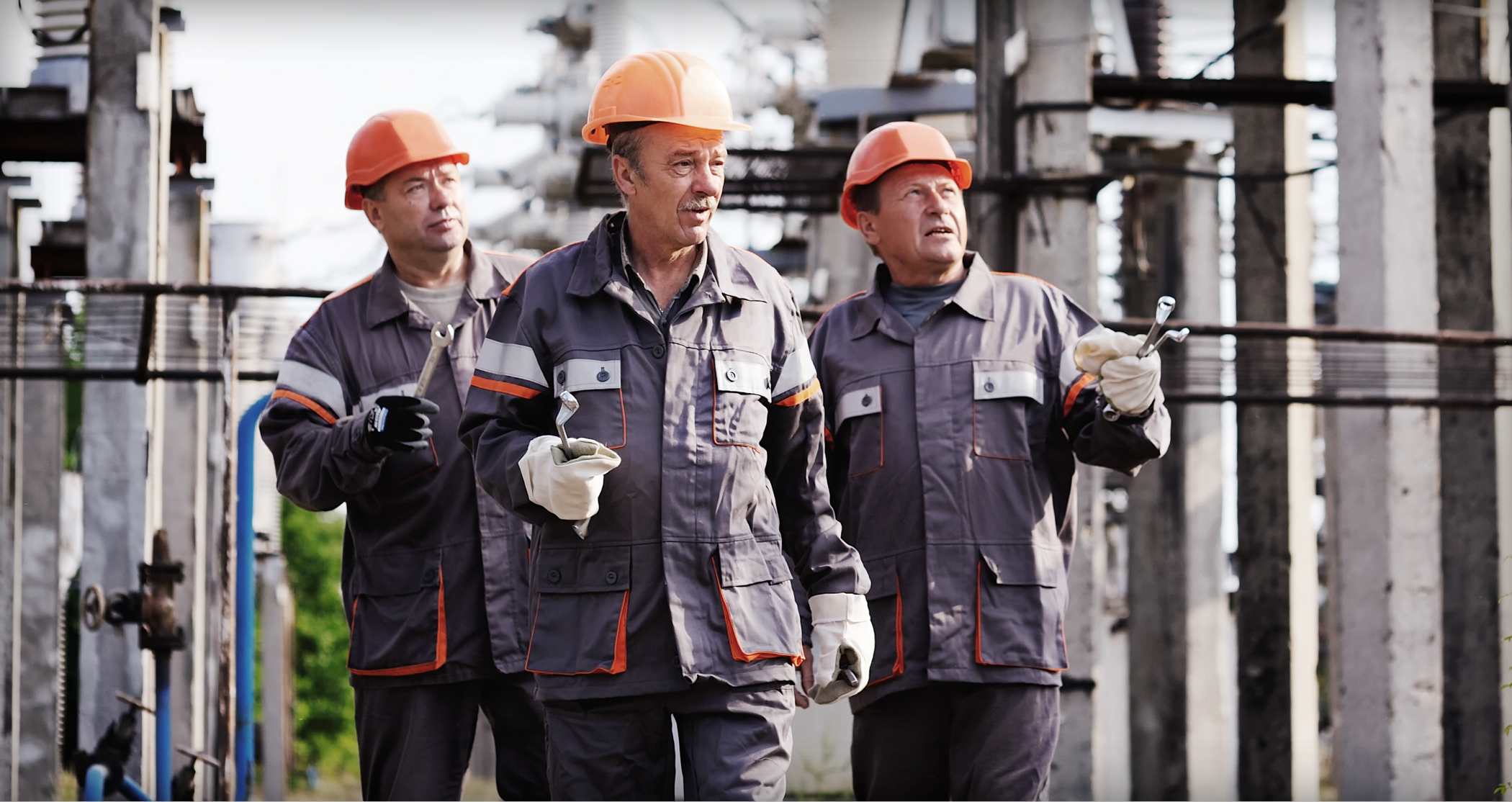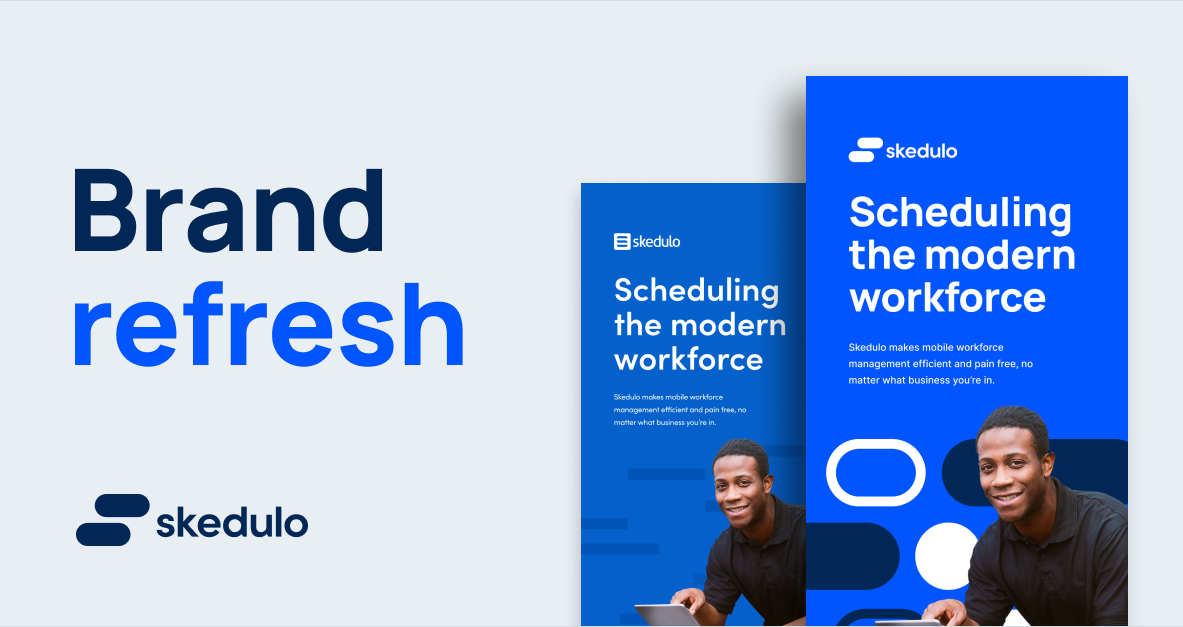The History of Deskless Productivity
The concept of deskless work is nothing new. Frontline workers and employees completing their daily tasks in the field have long existed, from farmers raising crops and livestock, to mobile health providers caring for soldiers in battle, to field sales representatives.
But as industries and technologies evolve, so do the demands and expectations of deskless workers. Companies rely on mobile workers to deliver their products and services directly to customers, and boosting the productivity of these essential workers requires putting the right tools in their hands to stay prepared and engaged.
What is Deskless Productivity?
Because the success of deskless workers depends on the amount of work they’re able to complete (like number of appointments completed, patients seen, or machines serviced), their performance has been linked to their productivity from the start.
Deskless productivity, at its most basic level, refers to the amount of work that deskless workers can complete in a given period of time. By measuring the output of mobile workers in a consistent way—and ultimately the value they are delivering to customers—leaders can look for ways to improve the employee experience, like removing administrative hurdles, to help deskless workers be more productive.
But modern organizations know that their deskless workforce consists of real people with unique backgrounds, skills, and capabilities, and, thus, their productivity should be measured not only by output, but also by how efficient, empowered, engaged, and satisfied they are while serving customers.
The Rise of Game-Changing Technology
The first technology to radically transform the deskless workforce was the automobile. With a vehicle, deskless workers could travel to and from job locations much faster and more independently than ever before.
This led to an explosion in deskless work: field reps hit the road to make sales, service technicians arrived sooner to make major repairs, and healthcare providers made house calls to serve patients in their own homes.
But even with a better means of transportation, mobile work was far from efficient. Deskless workers might have come into the office at the beginning of the day to get a list of their assignments, get the materials they needed, and head out to the first job site. If a customer called the main office to cancel or reschedule after the worker had already left for the day, they might show up to a job site only to be turned away—wasting precious time that could have been spent with another customer. At the end of the day, the worker returned to the office with a large stack of paperwork for the main office to process, inventory, and invoice the work completed that day.
The Evolution of Productivity for Deskless Workers
Though productivity has certainly always been a means for measuring deskless work, modern technology has emerged to support mobile employees in brand-new ways. As the number of mobile workers grows, approaching 80% of the global workforce, companies need new tools to manage and engage these workers.
Then in the early 2000s, smartphones changed everything. The rise of affordable mobile phones meant workers could stay connected to each other and get updates from the office, cutting down on redundant paperwork and unnecessary trips to and from headquarters.
Mobile technology completely transformed productivity and massively increased the number of customers serviced per day. Instead of using the office as a “home base” where information and communication was kept under lock and key, for the first time, the office could be anywhere. The worker’s car, a patient’s home, a business with a broken A/C unit—work can happen wherever the customer is.
As the adoption of smartphones grew and B2B technology improved, customers felt the benefits: shorter wait times, easier scheduling processes, more advanced heads-up when circumstances changed.
But businesses felt the benefits, too.
Mobile technology makes mobile work easier, more predictable, and safer. Deskless work requires dealing with unique dimensions and complexity; certain factors, like weather, traffic, and location, affect deskless work in a way that simply doesn’t impact desk-based knowledge workers.
Before mobile technology, the deskless workforce was beholden to these factors—bad weather or slow traffic could mean the difference between arriving on time or disappointing a customer. But advanced tools can now account for these complexities and transform them into a competitive advantage for organizations who take advantage.
Thus emerged weather and traffic apps to better plan ahead, communication tools to notify customers of potential delays, scheduling technologies to keep deskless workers on track, and workforce analytics to help leaders make data-driven decisions.
Too Many Tools, Not Enough Integration
But the fragmentation of these myriad apps and productivity tools left deskless workers with the burden of sorting through 5-10 different tools that need to be monitored throughout the day. They’d rely on one for checking their schedules, one for logging time, another for communicating with the back office, yet another for accessing customer information, and so on.
As employers add more and more tools to the deskless workers’ tech stack, complexity and frustration grows. Training and onboarding for each new tool becomes more challenging, and different sources of truth lead to confusing or conflicting information.
Managing an end-to-end workflow that makes use of 5 separate tools is problematic and error-prone, as failure in any one of these tools puts organizations at risk for a poor customer and employee experience. By bringing these tools together in a unified platform, companies can move from a fragmented ecosystem of tools to a comprehensive digital strategy that truly benefits frontline workers.
More Tech-Conscious Consumers Means More Tech-Conscious Employees
Technology has changed all of our lives, and as consumers we’ve become accustomed to and more apt at using tools. This impacts the way we think about work and about the products and apps provided to us by our employers. The consumerization of the employee experience has been largely ignored until more recently, as organizations now shift to implement tools that are influenced by what we use in our personal lives.
The personalization and user experience of work tools now influence which companies deskless employees want to work for. When employees make tangible decisions based on the technologies that will be provided to them on the job, standing out as an employer and engaging frontline workers requires investing in the right tools for the job.
Tools that create a cohesive work experience for deskless workers include features like:
- Real-time communication, so workers can stay connected to managers, customers, and each other
- Secure access to customer information, so workers arrive well-prepared for the task at hand
- Travel optimization, so mobile workers don’t have to find the best route on their own or switch back and forth between a work app and a navigation app
- Simple scheduling, so deskless workers know the up-to-date schedule at all times and quickly communicate changes or conflicts
- Safety tools, so workers can run through safety checklists, do on-the-spot assessments, and share their location in case of an emergency
Organizations with a deskless workforce must appreciate and support the entire workflow with strong tools, because failing to do so puts them at risk for only being able to optimize slivers of their mobile workers’ day. If a company arms their deskless workers with one weak tool that doesn’t properly perform, the investments they’ve made across their entire fragmented approach will also be unsuccessful.
How Deskless Productivity Software Fits In
Deskless productivity software covers a greater breadth and depth of management needs than a fragmented strategy of finding and implementing tools for deskless workers. Investing in and implementing deskless productivity software gives organizations flexibility and data around the business model they’ve already been building.
Digital transformation or technology decisions should be based on how flexible a particular platform is to meet your specific use case—your existing tech stack, your pain points, and the needs of your workers and customers. To gain as much value as possible, look for a solution that is greater than the sum of its parts. While each element of most solutions contributes to productivity, a team with a strong end-to-end platform will have a significantly better operational experience than those who use a more fragmented approach.
The advantage of a strong, cloud-based deskless productivity platform lies in the ability to simplify complicated end-to-end workflows and put humans at the center of productivity. After all, the foundation of a deskless organization is made up of the deskless workers who serve customers every day!
When workflows make sense, without any unnecessary steps, it empowers mobile workers to be more productive, efficient, and engaged, which translates to higher customer satisfaction. And when they have a centralized, user-friendly platform that incorporates this whole workflow—one app to see the schedule, confirm appointments, get customer data, and anything else they might need—they provide better service from the very first customer interaction.
With a deskless productivity cloud, mobile workers benefit from improved communication (to both customers and coworkers), optimized routing, real-time scheduling and updates, a central location to capture field data, and more—all in one succinct place. These combined capabilities remove traditional barriers to deskless productivity and enhance both the customer and employee experience.
Boost The Productivity of Your Deskless Workforce
While the landscape of the deskless workforce has evolved, one thing remains constant: a company’s success relies on the productivity of its mobile workers. Transformations in technology have made it possible for deskless workers to better serve customers (and serve a larger number of customers) through improved efficiency, productivity, and engagement.
Skedulo’s Deskless Productivity Cloud eliminates the fragmentation of multiple productivity apps, and instead empowers your deskless workforce with a single, intelligent solution. It provides the depth required to manage your end-to-end workflows, all with a human-centric approach to productivity.
Learn more about how mobile-first, cloud-based deskless productivity software can increase the efficiency and impact of deskless workers, or book a demo today!



